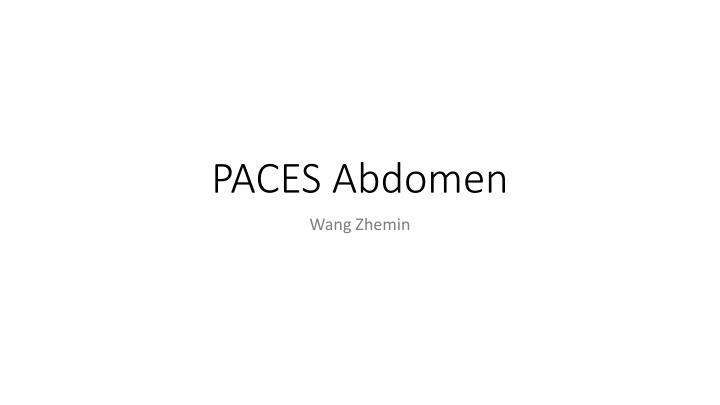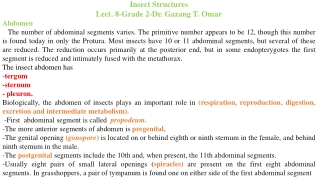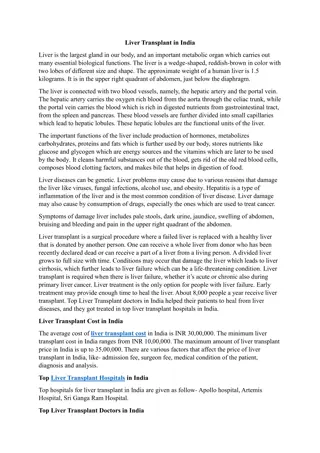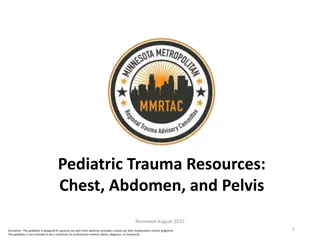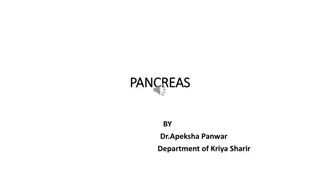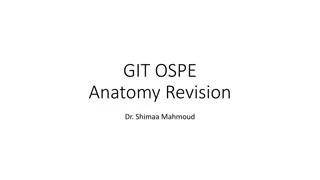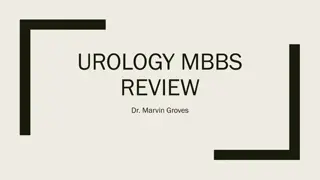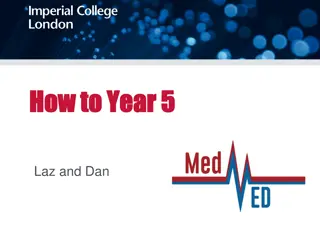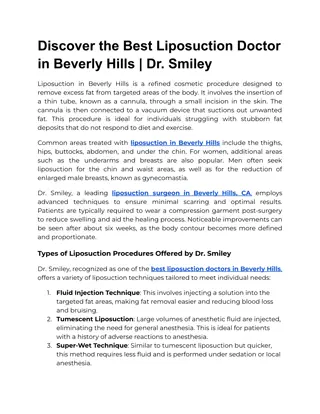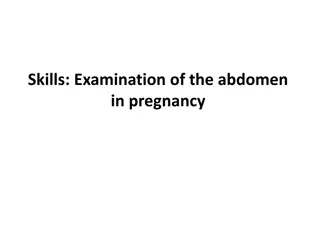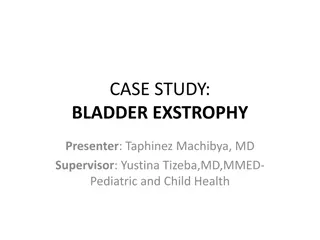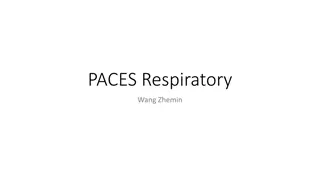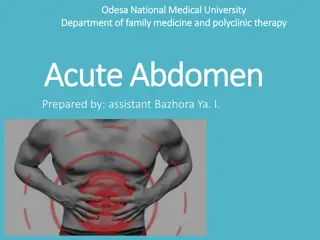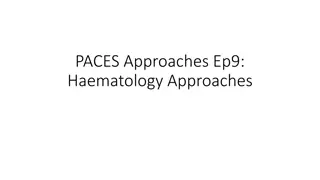PACES Abdomen
Explore a comprehensive approach to diagnosing abdominal findings in cases related to hepatology, chronic liver disease, portal hypertension, renal diseases, and hematological malignancies. Learn to identify key abdominal signs and interpret various types of scars to aid in medical assessments.
Download Presentation

Please find below an Image/Link to download the presentation.
The content on the website is provided AS IS for your information and personal use only. It may not be sold, licensed, or shared on other websites without obtaining consent from the author.If you encounter any issues during the download, it is possible that the publisher has removed the file from their server.
You are allowed to download the files provided on this website for personal or commercial use, subject to the condition that they are used lawfully. All files are the property of their respective owners.
The content on the website is provided AS IS for your information and personal use only. It may not be sold, licensed, or shared on other websites without obtaining consent from the author.
E N D
Presentation Transcript
PACES Abdomen Wang Zhemin
Types of Cases Hepatology Chronic Liver Disease +/- Portal Hypertension Hepatomegaly Ascites Liver Transplant (less common) Renal Ballotable Kidney Usually APKD Transplanted Kidney Combination of above Haematology Haematological Malignancies: Myelo/lymphoproliferative Disorders Chronic Haemolytic Anemia
Approach Determining the system Liver, renal, haematology Liver: Jaundice, pedal edema Renal: AVF/AVG, Catheter scars, parathyroidectomy scar, deltoid implant scar Haematology: Pallor, catheter (for chemotherapy), bony features of extramedullary haematopoiesis Determining the main abdominal finding Isolated hepatomegaly/splenomegaly/enlarged kidney Hepatosplenomegaly vs bilateral ballotable kidney Transplanted organ Ascites
Scars Mercedes Benz: Liver transplant Kocher s Scar (Cholecystectomy): Think chronic haemolytic anemia Lumbar/Loin Incision: Nephrectomy although nephrectomy is sometimes done via an laparotomy especially if kidneys are big Left sided scars: Splenectomy Think chronic haemolytic anemia Oblique iliac fossa scar: Kidney transplant Laparotomy scar: Splenectomy, kidney + pancreatic transplant, bowel sugery (IBD)
Chronic Liver Disease Signs: Palmar erythema, gynaecomastia, spider naevi (5 or more), gynaecomastia, loss of axillary hair, testicular atrophy Severity Albumin: Pedal edema Bilirubin: Jaundice Coagulopathy: Bruising Distension: Ascites Encephalopathy: Flap Etiology: A Very MAD Cow Alcoholic, Viral hepatitis, Metabolic (NASH, Wilson s disease, haemochromatosis), Autoimmune (autoimmune hepatitis, primary biliary cirrhosis, primary sclerosing cholangitis), Drug induced, Congestive hepatopathy
Portal Hypertension Clinically manifested by SPLENOMEGALY and/or ASCITES Ascites + Abdo Pain: SBP, Portal Vein Thrombosis, HCC Rupture Ascites Evaluation Based on SAAG High (>1.1g/dL): Portal Hypertension ( Transudative equivalent) Low (<1.1g/dL): Non Portal Hypertension ( Exudative equivalent): Infection, malignancy, TB, rheumatological disorders Causes of Portal Hypertension Pre Sinusoidal: Biliary disease (PBC, PSC), portal vein thrombosis Sinusoidal: Causes of chronic liver disease as above Post Sinusoidal: Budd Chiari Syndrome (hepatic vein thrombosis; presents with abdominal pain, ascites, liver enlargement), cardiac disease
Hepatomegaly Etiology Alcoholic Liver Disease Non Alcoholic Fatty Liver Disease Haemochromatosis PBC Hepatocellular Carcinoma
Presentation This is a patient with chronic liver disease +/- complicated by portal hypertension This is evidenced by stigmata of CLD (list), with associated +/- ascites/splenomegaly. There was no hepatomegaly, and no ballotable kidneys. In terms of severity, I noted presence/absence Go through Child s Pugh features In terms of etiology
Investigations Imaging Characterise organomegaly Evaluate for mitotic lesions Evaluate for portal hypertension Diagnostic paracentesis If ascites present Tests: Cell count/cytospin, gram stain/cultures, cytology >250 PMN suggestive of SBP, treat with ceftriaxone Etiology Work Up for Chronic Liver Disease Drug history, ethanol ingestion history Viral: Anti HCV antibodies, HBsAg and anti-HBc serology Autoimmune Autoimmune hepatitis: Anti-nuclear antibody, anti-smooth muscle antibody, IgG, anti liver kidney microsomal antibody, soluble liver antigen PBC: Anti-mitochondrial antibody Metabolic NASH: Fasting glucose/lipids, Hba1c Wilson s Disease: Serum ceruloplasmin and urinary copper Haemochromatosis: Iron panel (ferritin, iron saturation) Liver biopsy Evaluation of Severity of Liver disease: Liver function test (albumin, bilirubin), coagulation profile Complications Renal Panel: Hepatorenal Syndrome AFP: Malignancy
Management Multidisciplinary, involving hepatologist and allied health staff, anchored in patient education Ethanol avoidance, hepatitis virus vaccinations, education on food hygiene, avoid hepatotoxic drugs Treatment of underlying disease Screening: OGD (varices), AFP/imaging (HCC) Treat Complications Ascites: Salt restriction, diuretics, therapeutic paracentesis SBP Prophylaxis [With fluoroquinolone (Ciprofloxacin)]: Primary (cirrhosis + BGIT, cirrhosis + ascites with fluid protein < 1.5g/dL w renal/hepatic failure), Secondary (previous SBP) Varices: Non selective beta blockers (propranolol), variceal band ligation
General Ballotable kidneys APKD ESRF? Evidence of RRT (previous & present): AVF/AVG (must hunt), HD/PD catheters, transplant Complications Anemia Bone health Parathyroidectomy/deltoid implantation scars Fluid status Uremia Flap, pericardial rub, coagulopathy Etiology: APKD, DM, HTN, GN Transplant: Graft function, immunosuppression
Ballotable Kidneys Causes Unilateral: Neoplasm, Asymmetrical APKD, Hydronephrosis Bilateral: APKD, Syndromic Neoplasms (Tuberous Sclerosis, VHL), Bilateral Hydronephrosis, Acromegaly, Amyloidosis Other Syndromes a/w Renal Neoplasms: Tuberous sclerosis (Angiomyolipomatosis) Von Hippel Lindau (Clear Cell RCC)
ADPKD Inheritance: AD, PKD 1 on Chr 16, PKD 2 on Chr 4 Associations/Complications Hypertension, Polycythemia Extrarenal: Abdomen (diverticular disease, abdo wall hernia), Brain (berry aneurysms at MCA/ICA CN3, hemiparesis), Cardiac (MVP, MR, AR), Cysts involving other sites (liver, pancreas) Renal: Infection, bleeding, malignant transformation Diagnosis: Family History + Supportive Sonographic Findings Screening US Kidneys: Ravine s Diagnostic Criteria <30yo: 2 cysts in either 1 or both kidneys 30-59yo: At least 2 cysts in each kidney >60yo: At least 4 renal cysts in each kidney CNS Screening Indications: Family history of ICH/known aneurysm rescreen 5 yearly (if normal) Indications for nephrectomy: Complications (bleeding, infection), space constraints for kidney transplant
Renal Allograft Questions to Answer: Etiology, Prev RRT, Graft function, immunosuppression, complications of ESRF RIF mass ddx: Caecal carcinoma, crohn s disease, ovarian tumour, ileocaecal/appendiceal abscess Immunosuppression Steroids: Habitus (rounded countenance, truncal obesity, supraclavicular fat pads), skin thinning/easy bruisability, proximal myopathy, cataract, oral thrush, abdominal striae, spinal tenderness (compression fracture) Calcineurin Inhibitors Cyclosporine: Gingival hypertrophy, hypertrichosis, hypertension Tacrolimus: Tremors, DM (NODAT) Generally also look out for rash/skin lesions (increased risk of dermatological malignancy) Transplant Complications Acute: Surgical complications (anastomotic leak), Acute rejection Chronic: Immunosuppression related: OI, derm/haemato malignancy Rejection, delayed function Disease recurrence
Myelo/Lymphoproliferative Disorders Additional Examination: Lymphadenopathy (Cervical, axillary, inguinal), BMA scar Types of Myeloproliferative Disorders: Polycythemia Rubra Vera, Essential Thrombocytosis, Chronic Myeloid Leukemia, Myelofibrosis Investigations FBC: Quantitative abnormalities of cell lines Peripheral blood film: Blast cells, leukoerythroblastic picture (marrow disruption seen in MF) Imaging: Evaluation of organomegaly, lymphadenopathy, complications (e.g. thrombosis) Bone marrow aspirate: Cytology, histology, immunohistochemistry, cytogenetics Specific Tests: JAK2 (ET, PRV), Philadelphia Chromosome (CML) Treatment PRV: Phlebotomy, hydroxyurea, aspirin ET: Hydroxyurea, aspirin CML: TKI (e.g. Imatinib), stem cell transplant MF: Hydroyxyurea, stem cell transplant
Chronic Haemolytic Anemia Examples: Thalassemia, hereditary spherocytosis Additional Examination Bony features of extramedullary haematopoiesis: Frontal bossing, maxillary hyperplasia Abdominal Scars: Cholecystectomy, Splenectomy Complications of Iron Overload: Hepatomegaly, fluid overload from heart failure, diabetic prick marks Investigations FBC: Anemia Hemolysis: LFT, Haptoglobin, Peripheral Blood Film (anisocytosis/poikilocytosis, fragments from hemolysis) Hb Electrophoresis: Elevated HbA2 in beta-thal Genotyping/Mutation Analysis Management Transfusions, folate supplement, iron chelation Splenectomy (to reduce splenic sequestration and RBC consumption) will need vaccination against encapsulated bacteria (pneumococcus, meningococcus, haemophilus influenzae Bone marrow transplant Treat complications (iron overload DM, hormonal insufficiency, CLD, heart failure, osteoporosis) Genetic counseling
